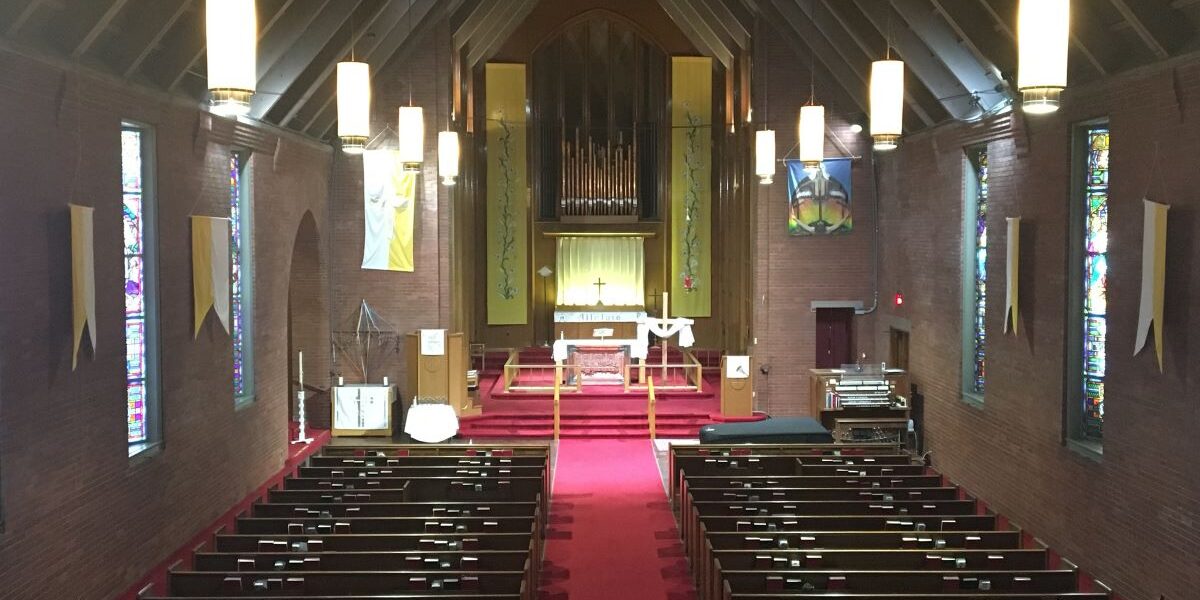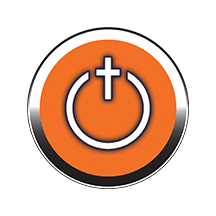By Arlie Conner
There are many churches, auditoriums and meeting rooms built in the last century that are overdue for a lighting system upgrade. The era of incandescent (tungsten-halogen) dominance is at an end, as LED light sources have proven reliable and affordable and offer multiple advantages. If your incandescent fixtures look okay, but you want the benefits of LED lighting, you can simplify your upgrade by using a “retrofit LED approach.”
PERFORMANCE COMPARISONS
| Technology | Incandescent | LED |
| Lifetime | 1000 hours | 70000 hours |
| CCT | 2700~3200K | 2700~5000K |
| Color Gamut | Fixed, white only | Full color range |
| Dimmable | Yes – external control | Yes – internal or external control |
| Efficacy | 10-16 Lumens/Watt | 100-160 Lumens/Watt |
Some considerations to learn about when planning your upgrade:
EXPERT HELP
Although we are offering some general advice, for any sizeable upgrade investment, we recommend a qualified Lighting Designer be involved. However, in many cases, a qualified System Integrator can specify and implement the lighting hardware and controls to ensure a high-quality solution.
USE OF EXISTING FIXTURES
In many instances, the existing fixtures can be repurposed by simply unscrewing the old tungsten lights and screwing in the new LED-based lights. This approach makes an easy, inexpensive upgrade.
RETROFIT LED LIGHTING ADVANTAGES
- Retrofit LEDs can be used in existing fixtures to produce dramatic effects in many places, such as “house lights” and for large rooms like a church sanctuary or for entrance areas, hallways and meeting rooms.
- Retrofit LEDs can be used for upgrading existing stage lights that require special abilities to focus a narrow beam or change intensity during a performance.
- Retrofit units are less expensive compared to new fixtures or luminaires of the same performance level and the cost of installation and facility improvements can be higher than the LED fixture cost itself.
CONCERNS TO KEEP IN MIND
- The lowest cost LED lights may not have high-quality light output and can’t make true white with a range of color temperatures.
- In large rooms, be sure to pick LEDs that will give the right lighting effects, like adequate brightness, uniform coverage, high color rendering and reduced glare.
- For video streaming or recording, there are additional critical requirements, such as very low flicker and adjustable (matching) color temperatures.
- Avoid commercial LEDs made for warehouses and “general lighting” needs. They won’t dim very well, and they may give off harsh light with noticeable flicker.
LUMENS and BEAM SHAPE and ILLUMINATION
The amount of lighting power (lumens) produced by the source depends on the quality of the design of the LED light engine and the electrical power (watts) supplied. Note that illumination brightness depends on distance and beam angle and the lumens produced by the fixture.
Be sure to figure out how much lighting power is needed for your application before choosing an LED fixture. With a diffuser, the beam shape can be adjusted to give coverage so there are no dark spots. In case of a retrofit, you need only consider the beam spread of the new light to provide sufficient overlap.
LIGHTING QUALITY – COLOR TEMPERATURE (CCT) and COLOR RENDERING (CRI) and COLOR GAMUT
It is a lighting renaissance with many companies competing for awards and offering high CRI (color rendering index) >90. In the best case, the lights should be “full-spectrum” and fully color-controllable so that the room can be made cool white for the janitorial service and warm white and dimmed for emulate candlelight services, if desired. Consider full-color controllable lights using a DMX control console for added flexibility to meet the needs of many kinds of activities.
DIMMING
All LEDs are not created equal when it comes to dimming performance. Typically, a new LED fixture will have internal electronics to change the brightness from zero to full output based on a digital signal from a control panel. These are different from standard LED bulbs that take advantage of existing dimming equipment, but the latter may not dim fully down and will only be offered with a fixed color temperature. However, there are cases where the magnetic or triac ‘line dimming can be used with LEDs, with the caveat that the dimming might be imperfect.
CONTROL SYSTEMS
There are many different types of control systems; it is overwhelming to keep track of them all and make an intelligent choice. Fortunately, the well-established DMX512 standard developed for theater use and its wireless implementation offer a smart solution for stage lighting and can easily be extended to house lighting.
Many larger churches use stage lighting and will already have DMX controls, so retrofitting house lights with wireless DMX can be an easy control option. Imagine all the new possibilities when each light fixture can be controlled individually or in groups to change brightness level or to achieve color effects.
EXAMPLE – REUSING EXISTING SANCTUARY FIXTURES
When Augustana Lutheran came to us to ask for an upgrade, we were able to propose a set of lights that were simply “unscrew the old and screw in the new.” The church had 14 beautiful vintage pendant lights, each with 250W incandescent light bulbs, and their older dimmers were no longer functioning.
In this case, we supplied new LED downlights, with Edison medium E26 bases that retrofit the original Mogul base sockets with simple screw-in adapters. With each light having a wireless receiver, the controls can be located anywhere, even in this case, directed from an iPad. The older dimming equipment was bypassed and retired.
Retrofit LEDs can do everything a more expensive “architectural” LED instrument can do but at lower cost with easier installation while still maintaining the original “look” of the existing lighting. Expect features like full range of colors that can be changed dynamically, super smooth dimming down to zero, uniform beam shape, low energy usage.
Arlie Conner is the chief executive officer of Luxapel (formerly Luxium Lighting), which has a range of retrofit lights from screw-in LED bulbs to LED modules for use in traditional PAR cans, www.luxapel.com. Lighting power can range from 1500 lumens (100W equivalent) to 19,000 lumens (1,000 watt PAR64). In almost every situation, these can be installed by the staff to perfectly replace and upgrade the older lighting products.












